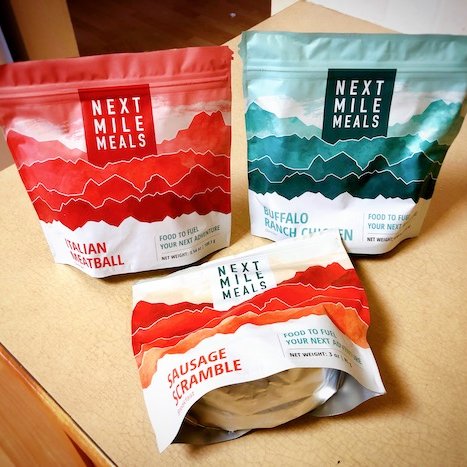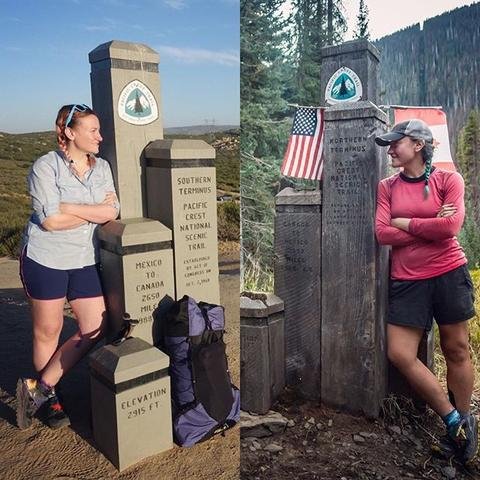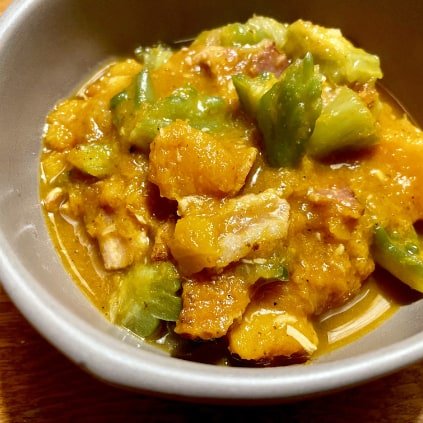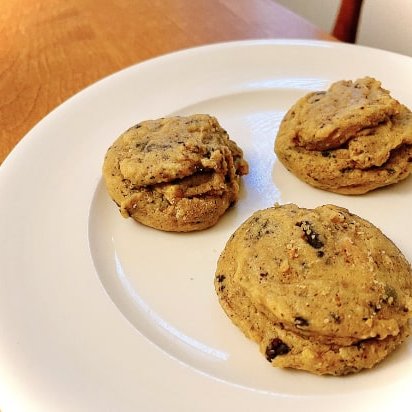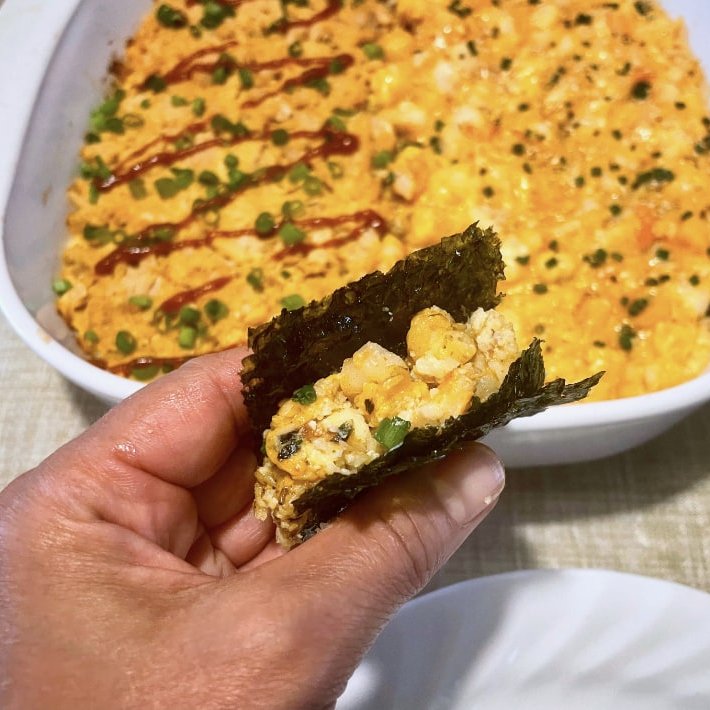
After adopting a ketogenic lifestyle, I had assumed I had relegated myself to always having to dehydrate and make my own backpacking meals because the industry standards is to make them huge carb bombs to keep prices lower. I eventually discovered Next Mile Meals and their complete line of keto backpacking meals. I was a little sad they were only available in the US, but still I longed to try them, especially after reading about the founder’s amazing story of how she came to start her company.
I reached out to Jessie and found we had a lot in common, both being keto hikers, and we exchanged ideas and interviews. This blog post features the interview questions I posed to her.
Meet Jessie, Founder of Next Mile Meals
Q: Tell us briefly about yourself: who you are, where you're from, some fun facts, etc.
A: I’m Jessie: a fast-talking, coffee-loving, outgoing lady in her mid-thirties who decided it would be a good idea to hike from Mexico to Canada in 2017. Originally from the east coast (Pennsylvania and the Washington, DC area), I now live in San Francisco with my partner Christopher and our tiny 15-lb corgi Dexter, and the three of us can usually be found hiking, climbing, and exploring the Sierras, Trinity Alps, National Parks, and all of the other amazing places we can easily reach from the Bay Area. Originally part of the tech scene here in Silicon Valley, I left that career behind to start Next Mile Meals: a backpacking food company that supplies healthy meals to ketogenic, low-carb, and paleo hikers looking for better ways to fuel their next adventure.
Q: How would you describe your nutritional lifestyle? Keto? Low-Carb? Intermittent Fasting? Paleo?
A: Ketogenic, I try to keep my daily net carbs below 20g and I carefully balance my other macros to find the ratios that work for me. One thing I’ve found after talking to a variety of other folks who have tried keto or are living a keto lifestyle is that there are a lot of interpretations of what “keto” is: “That’s not keto because it has sugar” or “That’s not keto bc it has soy” or “MSG isn’t keto”. At the end of the day, we all make nutrition decisions that meets our individual needs, but at its core keto is simply about math: are your macros in line to produce ketones to fuel your daily energy expenditure? How you make the math work is up to you.
Q: What made you decide to try the keto lifestyle in the first place?
A: I grew up in a low-carb household; my dad was an early follower of the Atkins diet and as a teenager, I watched him lose a ton of weight eating what felt like an entire diet of macadamia nuts, butter, and steak (that’s oversimplifying the diet, but the common theme among low-carb diets those early years was too heavy a reliance on fats rather than balancing macros). As I grew up, moved out, went to college, and became an adult, I noticed my own eating patterns were pretty unhealthy and my mood and energy fluctuated wildly as a result. I tried to eat ketogenically during my twenties but often was not strict enough to notice a difference.
In my early 30s, I went on a group trip to India with some friends. All of us ate the same thing, day after day, for three weeks. At the end of the trip, they had all lost weight or stayed the same, and I had somehow put on five pounds. Having eaten what felt like my body weight in naan and rice, I felt lethargic, lazy, and at low point healthy-wise in my life. I decided to buckle down and stick to a strict ketogenic diet that summer and see if I could turn my mood, energy, and weight around. Three months later, I was down 20 lbs and my unstable metabolism had levelled out, providing boundless energy and a mental clarity I had been missing. Haven’t looked back since.
Q: What are your favourite kinds of outdoor adventures?
A: I grew up fishing the backyard pond and spending summers camping up and down the east coast, so as an adult I naturally gravitated toward outdoor activities that let me adventure off the grid. I started backpacking regularly in my mid-twenties and it quickly became an obsession. I quickly graduated from overnights, to long-weekends, to week long treks; anything to get me out into the woods with a pack on my back.
I’ve read all about your epic trek on the PCT and that you managed to maintain a keto diet the entire way. I have to say, I was impressed. You must have had to put a lot of prep work to make that happen. Please describe how you managed this feat and if you have any tips for anyone who wants to try to do this themselves.
A: As I was searching for my next backpacking adventure, the Pacific Crest Trail crossed my radar as a “one day” dream. It was never an escapism or “find myself” goal; just an epic hike through some amazing terrain and a story to write home about. In 2017, the stars aligned and I snagged a permit, quit my job, and found myself at the Southern Terminus of the PCT. That part felt easy compared to the underlying question: could I take my keto diet on the trail? Or would I cave and subsist on candy bars and ramen for five months and hope for the best?

I spent the month before my trail date researching keto backpacking food and, finding none, I developed six recipes in my kitchen that I felt reasonably sure I could eat every night on trail without tiring of the meals. Within the first week I knew I’d made the right call, and by the halfway point, other hikers were looking at my dinners with envy and asking, “Hey Pipes… what do you got there?”. The conversations turned from “There’s no way a keto hiker is gonna make it past the first section” to “There’s a keto hiker on trail! How cool is that!” I found myself answering questions from low carb hikers and traditional campers alike; everyone was looking for a better option than the conventional store-bought options, and I was out there proving that it could be done.
My advice for other would-be keto hikers is: do the research. Not just for hiking, but BEFORE hiking. Make sure you’re fully keto adapted before hitting the trails; your body needs time to adjust to a new fuel source and learning your own personal macro ratios while in the middle of the woods or desert is not the time to be fine-tuning your nutritional needs. Stick to a plan strictly at home for a month or two, and then head off into the woods.
Secondly, listen to your body. I found myself eating an entire jar of peanut butter in one sitting and then paused and went, “huh… I bet this means I need more fat in my diet.” So I upped the caloric content of my daily menu and adjusted from there. When I had infrequent muscle cramps early in the desert, I packed electrolytes to help (and was able to teach other hikers a thing or two about their own electrolyte needs as we all went through the same stages of suffering together).
Lastly, there ARE options available if you just know where to look. We aim to make our website a resource for everyone: whether you’re looking for the math behind why keto backpacking is the best ultralight strategy or examples of keto backpacking food you can buy in a grocery store, you just need to know where to look.
Q: What advantages did you find you had as a keto hiker/backcountry traveller?
A: I was not faster than other hikers (traditional sugar-laden diets provided better burst energy), but I was hiking longer and further than nearly everyone. As a thru-hiker, you bounce in between small pods of other hikers for a few days at a time, and I found myself continually pushing past them as they stopped for breaks or dinner and I had energy to spare.
More importantly, the fundamentals of the keto diet are the same fundamentals that hikers use to power the miles, even though almost none of them recognize them as ketogenic. “Find foods that have the highest calorie/oz ratio”... well, that’s going to be fats like macadamia nuts and cheese. “To increase your energy consumption, add olive oil or butter to your meals”... sound familiar? Once I pointed out these similarities to other hikers, there was a lot of shared learnings passed around: lessons traditional hikers could take from keto hikers and even vice versa (ie peanut butter jars are great for rehydrating oatmeal AND making keto protein shakes while you walk).
Q: And what were your biggest challenges?
A: In the beginning, it was the naysayers: no one believed you could thru-hike ketogenically. But once I pushed past the first few weeks and proved I wasn’t going anywhere (and didn’t have to defend my diet choices anymore), the challenges became the logistics. As a keto backpacker, you don’t have the same access to grocery stores or outdoor gear fitters that other hikers do. I was entirely reliant on mail drops to trail town post offices, which meant my partner, Christopher, had unknowingly signed up for a part-time job supporting me on my hike. He carefully tracked where I was and how fast my pace was and assembled multiple day boxes of food; five days in one box, and four days in another, and whatever each stretch needed to get me through the miles. He found himself on a first-name basis with our local postal carriers and few non-hikers know more about trail logistics than he does. My trail family also came to rely on him at various points for route beta, updates from home, and even vacuum sealing some ground coffee to feed their caffeine needs, earning him the trail name Mission Control.
Q: Please tell me what made you decide to create such a niche line of products as keto backpacking meals.
Halfway through my trek, in town near Mt. Shasta, I spent a few hours in the public library (much to the chagrin of the librarian there who was visibly unhappy at hiker trash hanging out and stinking up the place) and launched a website: nextmilemeals.com. I simply asked a question: is there anyone else out there struggling to find keto/healthy options for the backcountry? Would anyone be interested if there was a better meal available? And then I packed up my bag and hiked back off into the Northern California woods.
When I crossed into Canada a few months later, I check in. Thousands of people from across the country had responded “YES!”. Keto campers, and diabetic backpackers, and boy- and girl-scouts using low carb to treat epilepsy symptoms, and gluten-free families… these healthy hikers, like me, were looking for ways to keep their hobbies AND their dietary needs met. So, we launched Next Mile Meals. I took the same six recipes I ate on trail, modified and tweaked to perfection over 2600+ miles, and made them available on our website. Our first year provided thousands of keto backpacking meals to customers from every single state and the response was overwhelming. This next year, we look forward to launching breakfasts and snacks and finding other ways to help hikers and hunters and other outdoor adventurers find healthier options for their own travels.
Q: How do you work out your recipes?
A: Our blog is called Trail Tested for a reason: everything we post on our site or on instagram has been tested thoroughly by us in the same conditions that we expect our followers to use them. We modified our packaging to make it easier for titanium sporks to fit, we changed the package size to better fit inside backpacks, we eliminated one kind of hot sauce for another based on customer feedback, and we try EVERY recipe or modification before it goes out the door.
Jessie, thank you for taking the time to share your story and valuable advice for the trail. Your story is an inspiration for anyone, but especially for aspiring keto thru-hikers like myself.
I will be trying three different Next Mile Meals on the West Coast Trail next week (if they make it that far - they look so tasty!). Stay tuned for my review of them after I get back.
If you would like to try Next Mile Meals for yourself, visit their website at www.NextMileMeals.com. If you’re in Canada, you’ll need to use a cross-border shopping service for the time being, but hopefully we’ll see them come to Canada in the future!
